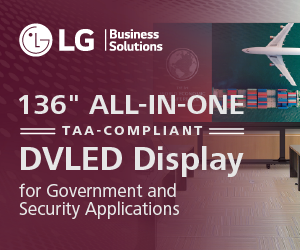by Patricia Murkowski | Aug 22, 2016 | Digital Signage, Video Walls

Being in the Pro Av arena for 10 years there is really not much that I haven’t seen. You would think by now I wouldn’t be the person walking behind a LCD panel in a store or restaurant to see what mount is being used or what type of ceiling accessory it has…..well, you would be wrong! Yes, I am still that person! Just yesterday I received a text message with a picture from my niece while she was at Petco Stadium watching the Padres vs Diamondbacks game, instead of commenting on her experience my first response was “I love that stadium! I was part of their original AV renovation project in the early 2000’s”! Again, I am that person.
With that said, while there is not much in the AV arena I haven’t seen, there is still a TON that impresses me! Living in Chicago I have access to some of the most historic arenas and stadiums equipped with the best AV systems money can buy. Last month I had the privilege of going to the United Center to see Adele perform live. While I’ve been to the United Center numerous times over the last year, no other experience compared to this for me. I walk through the doors on July 13th and see the 35’ x 9’ curved video wall with no other than, yes, you guessed it, Adele! I was smiling from ear to ear and most definitely felt like a newbie in the AV industry. I am a huge fan. =)
 As with many sporting events and concerts, signage was everywhere! Visitors of the United Center can see 64, 42 inch flat panel displays throughout the 100 level concourses, not to mention LED boards inside each of the four main gate entrances.
As with many sporting events and concerts, signage was everywhere! Visitors of the United Center can see 64, 42 inch flat panel displays throughout the 100 level concourses, not to mention LED boards inside each of the four main gate entrances.
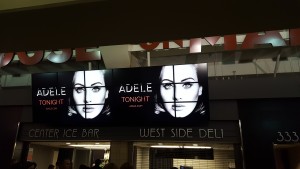 I feel very lucky to be part of a great industry like Pro Av! I get to help clients spec in products that enhance their customers experience in many different vertical markets. On July 13th I was just a patron benefiting from a truly immersive fan experience thanks to innovative, Pro Av solutions.
I feel very lucky to be part of a great industry like Pro Av! I get to help clients spec in products that enhance their customers experience in many different vertical markets. On July 13th I was just a patron benefiting from a truly immersive fan experience thanks to innovative, Pro Av solutions.
by Melody Craigmyle | Jan 26, 2016 | Digital Signage, Education, News, Uncategorized
First, if you haven’t heard of the term “techorating”, it’s not something I made up. I thought I had but after I asked my dear friends Alan and Jonathan Brawn to write a course for our E4 AV Tour on this trend I was calling techorating, they discovered it was not an original. Techorating was a catchy term coined back in 2008 by interior designer, Doug Wilson from the TLC TV show Trading Spaces, as a concept for the emergence of integrating home technology and home decor in balance with one another. Since the Brawn’s taught this course for us a few years ago, the term caught on it the AV industry and has been written about in nearly every major AV publication, including a recent article in Digital Signage Today.com. I’ve seen a lot of great examples of techorating, especially in Las Vegas where designers and architects continue to push the limits to wow audiences, attract visitors and keep us coming back for more shows, casinos, long cab lines and the ever-present linger of 2nd hand smoke. Which is why my visit to Comcast last week was filled with techorating awesomeness! It was an experience like no other, elegantly done with a playful yet bold approach – and 100% smoke free.  You enter the lobby on JFK Boulevard in downtown Philadelphia, which is the tallest building in the city, and at first it looks like any other normal lobby:
You enter the lobby on JFK Boulevard in downtown Philadelphia, which is the tallest building in the city, and at first it looks like any other normal lobby: 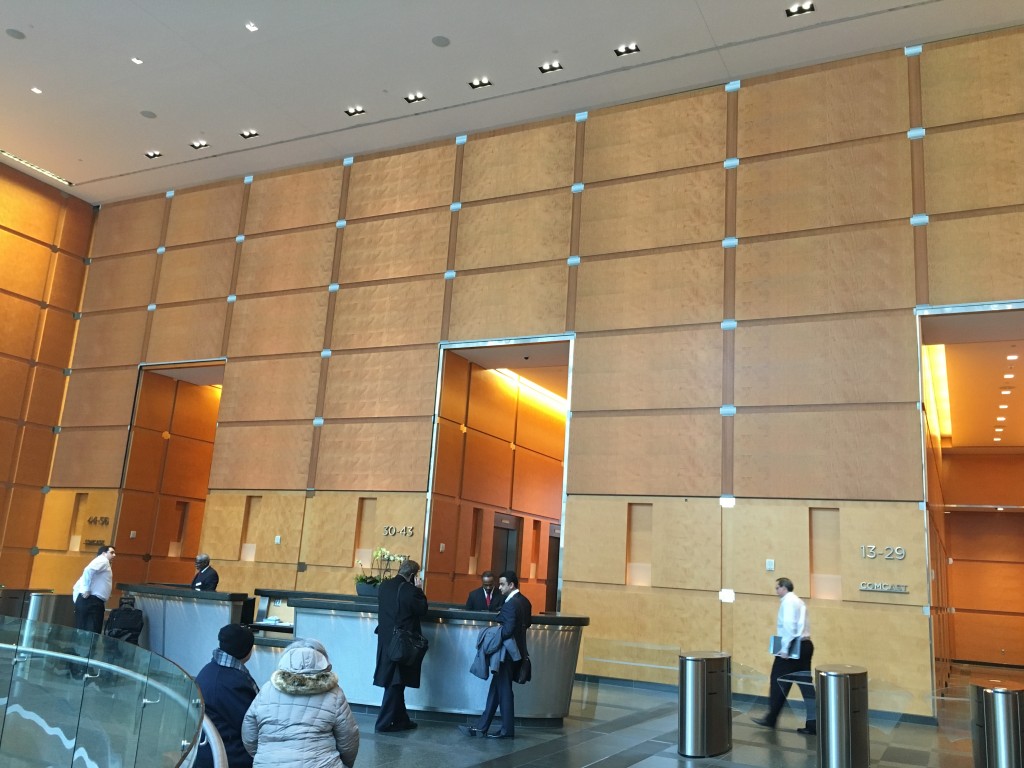 Nice ashy oak walls, silver accents, very clean and polished look. But wait, something starts to happen and…
Nice ashy oak walls, silver accents, very clean and polished look. But wait, something starts to happen and… 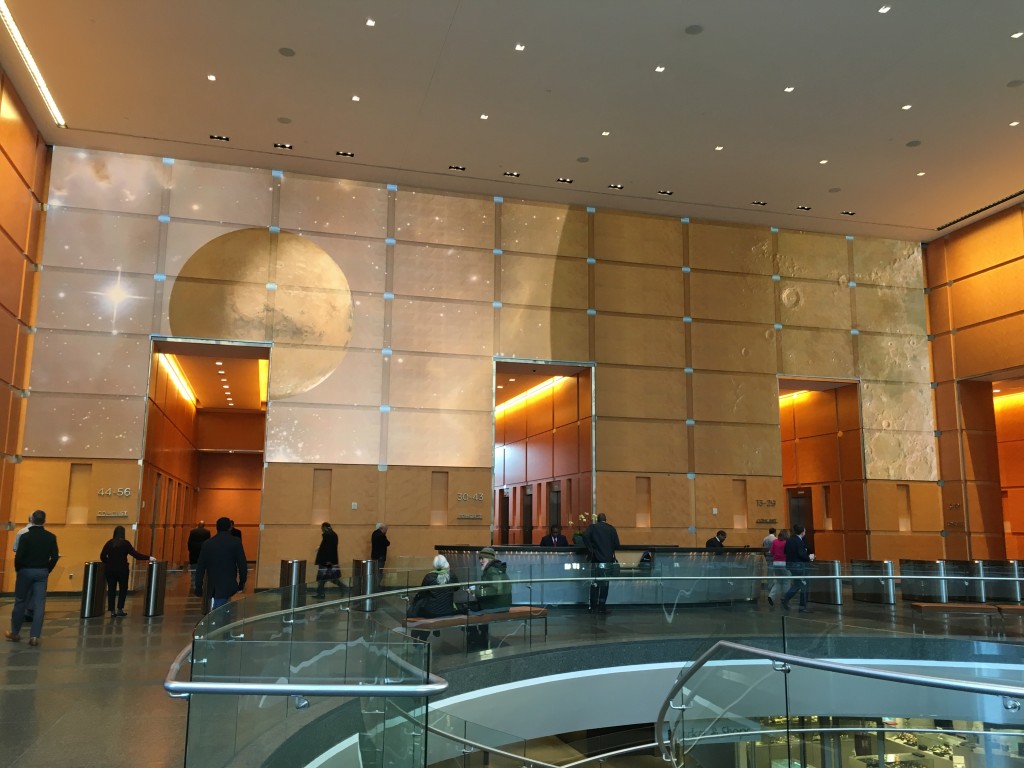 It’s not just a wall! It’s an intergalactic force to be reckoned with. No wait, it’s a water wall!
It’s not just a wall! It’s an intergalactic force to be reckoned with. No wait, it’s a water wall! 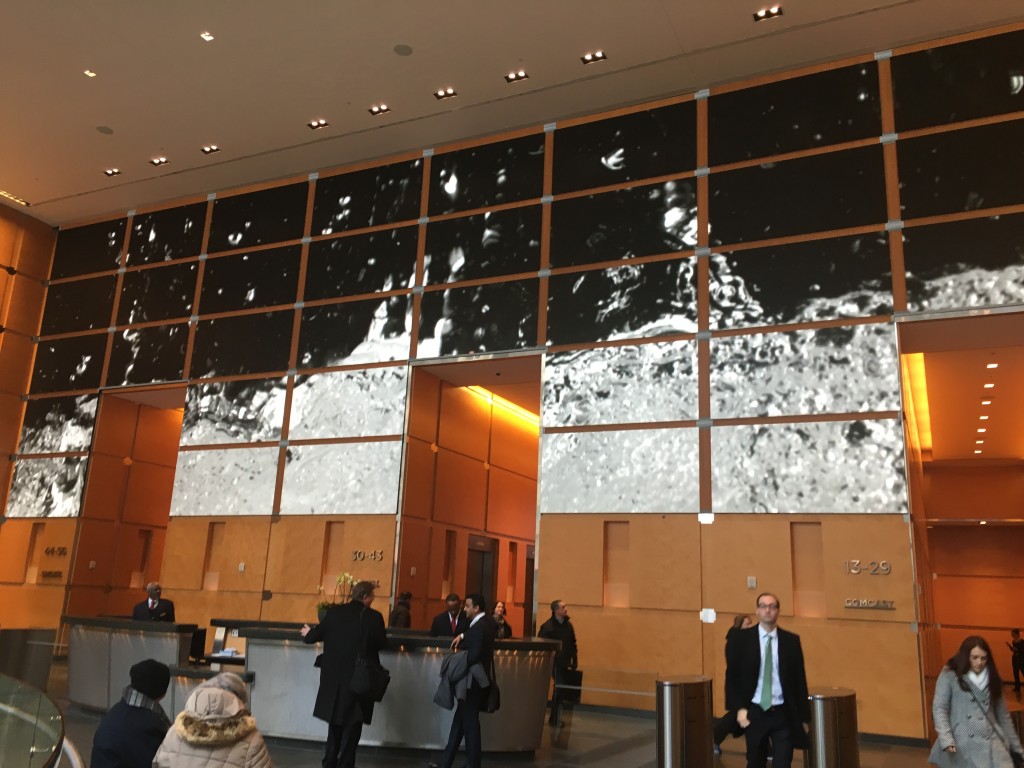 Cool stuff, right? It’s the attention to detail as well that struck me. Much of the content intertwines with the wall architecture, creating virtual joints in the places where the LED panels “join” – you can see from this shot that part of the image is a real joint and the other is silver colored pixels.
Cool stuff, right? It’s the attention to detail as well that struck me. Much of the content intertwines with the wall architecture, creating virtual joints in the places where the LED panels “join” – you can see from this shot that part of the image is a real joint and the other is silver colored pixels. 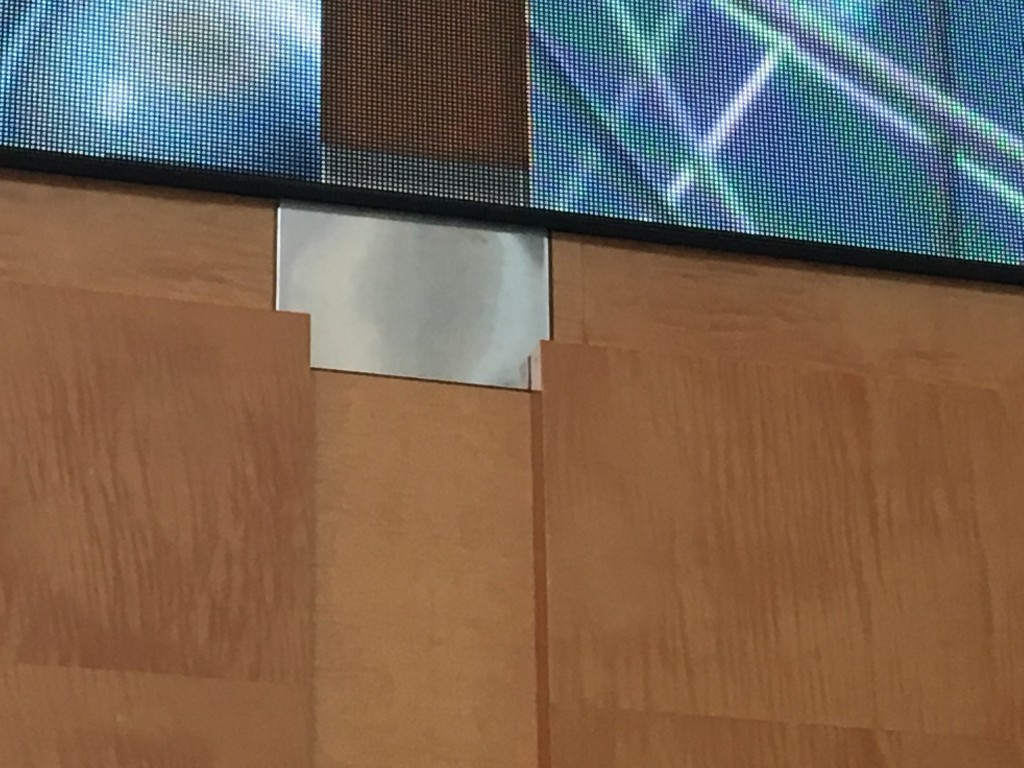 You may be wondering what I was doing lingering in the Comcast lobby. I was there on official business but I can tell you that this is one of the most visited tourist destinations in Philadelphia, so it’s not uncommon to see all sorts of people in their lobby. We launched our new Almo Connect service for our resellers to offer bandwidth, cable TV and voice services to their customers and Comcast is one of our partners (along with many other top cable providers). Why would our partners offer bandwidth services? Think about if you’re doing a digital signage deployment and you plan on refreshing high resolution content on a daily or weekly basis. You need LOTS of bandwidth! And for future proofing, think about 4K – now you’re talking BIG data coming across a network. And of course the IT people are like, “no way, not on my network!” And you’re like, “no big deal, we offer high speed internet and we can take care of everything.” Voila – the reseller makes monthly reoccurring revenue on that sale – that’s right – every single month. But back to the techorating – here’s a very cool video so you can see how they use different parts of the wall for entertainment, like this “cubical” video:
You may be wondering what I was doing lingering in the Comcast lobby. I was there on official business but I can tell you that this is one of the most visited tourist destinations in Philadelphia, so it’s not uncommon to see all sorts of people in their lobby. We launched our new Almo Connect service for our resellers to offer bandwidth, cable TV and voice services to their customers and Comcast is one of our partners (along with many other top cable providers). Why would our partners offer bandwidth services? Think about if you’re doing a digital signage deployment and you plan on refreshing high resolution content on a daily or weekly basis. You need LOTS of bandwidth! And for future proofing, think about 4K – now you’re talking BIG data coming across a network. And of course the IT people are like, “no way, not on my network!” And you’re like, “no big deal, we offer high speed internet and we can take care of everything.” Voila – the reseller makes monthly reoccurring revenue on that sale – that’s right – every single month. But back to the techorating – here’s a very cool video so you can see how they use different parts of the wall for entertainment, like this “cubical” video:
Kudos to the designers and especially to the content creators. The convergence of architecture, decorating, digital display, graphic arts done spectacularly well and I didn’t even have to walk through a casino to see it.
by Brian Rhatigan | Jan 20, 2016 | Digital Signage, Education, News
It seems flat panel displays are virtually everywhere these days and have gotten larger, thinner, lighter, and less expensive than ever. Not that long ago in applications requiring a large image a projector was the natural choice, however as flat panels have evolved you are now seeing them installed where historically it would have been a projector. I am not denying the benefits of using a flat panel display, but there are many reasons why projection would be the way to go.
For starters, let’s look at image size. Generally speaking 98” is about the largest flat panel that is readily available at this time. So in instances where an image of larger than 98” diagonal is required, projection becomes the only option to use for a single display device without the complexity of multi-screen video walls. This is pretty clear cut, but size is not the only consideration.
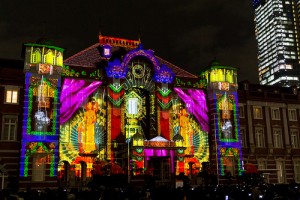 Often audio visual components are integrated into high end architectural spaces including corporate board rooms, lecture centers, training facilities, and more where the display device may not always be in use and for aesthetic reasons the client may not want to “see” the technology in the room. Most projectors are ceiling mounted and generally out of view or can be installed in a lift that can disappear into the ceiling. Projection screens also can disappear when not in use by recessing flush into the ceiling.
Often audio visual components are integrated into high end architectural spaces including corporate board rooms, lecture centers, training facilities, and more where the display device may not always be in use and for aesthetic reasons the client may not want to “see” the technology in the room. Most projectors are ceiling mounted and generally out of view or can be installed in a lift that can disappear into the ceiling. Projection screens also can disappear when not in use by recessing flush into the ceiling.
Another key consideration is cost. While flat panels have certainly become affordable, however once you get up into the larger sizes above 80”- 90” the costs can still be prohibitive in many cases where projection will often be much more affordable. For illustration purposes consider a 98” professional grade monitor at a cost of $32,679.00 compared to an installation class projector like the Epson PowerLite Pro G 6770WU which is 1920×1200 resolution at 6000 lumens available at a retail price of $5,699.00.
When it comes to unique display applications there are times when a flat panel display is simply not an option. Think about events where you have projection on floor surfaces or on buildings. With projection mapping some really unique projects can be pulled off. A really cool example of this was recently featured in a case study on the basketball arena at Pensacola Christian College using Epson Pro G projectors:

Both flat panel displays and projectors have their pros and cons, however projection is still and will continue to be a great choice for many display applications. For assistance in selecting the right Epson projector or to learn more, contact Brian Rhatigan at [email protected] or 888.420.2566 x6546.
by John Wills | Jan 15, 2016 | Digital Signage, News

NEC’s complete 46″ 2×2 LCD TileMatrix™ Digital Video Wall Solution
So when did your end user last consider refreshing an older video wall? What a great question. I bet most end users consider replacing or reconfiguring video walls a prohibitive exercise of expense for soft dollar returns. In other words, it’s about metrics related to advertising attention or informational effectiveness. But soft dollars are challenging to measure and hard for integrators to include in project proposals designed to convince end users.
But today there’s more! When advances in large display panel technology, mount designs, content software, signal distribution, and control are combined with lower purchase, implementation, and operational costs, a “perfect storm” of hard cost justification opportunity begins to form. Add in the possibility that the end user’s current video wall may be fully depreciated as a capital expense, and BINGO! ….. dealers and integrators have a great pitch to sell.
In the coming month, Almo ProAV will be reviewing the opportunities with Video Wall Refresh. In the meantime, here are some quick items to consider:

NEC’s 90″ Large Screen E905
- Energy Savings: Today’s panels are much more efficient in operation, substantially reducing energy costs. Those savings alone can nearly justify a whole project.
- Advanced Design and Features: One example is ambient light sensors that provide auto dimming. Another example is High Brightness (high nit) panels for high ambient light environments
- Lower Install Costs: Today’s mount designs reduce install time. Easy to use color calibration tools reduce install time as well
- Lower Large Format Display Costs: Perhaps consider a single 90”+ display rather than a 2×2 wall, for example
Look for discussion guide to Video Wall Refresh in the coming months.

 As with many sporting events and concerts, signage was everywhere! Visitors of the United Center can see 64, 42 inch flat panel displays throughout the 100 level concourses, not to mention LED boards inside each of the four main gate entrances.
As with many sporting events and concerts, signage was everywhere! Visitors of the United Center can see 64, 42 inch flat panel displays throughout the 100 level concourses, not to mention LED boards inside each of the four main gate entrances. I feel very lucky to be part of a great industry like Pro Av! I get to help clients spec in products that enhance their customers experience in many different vertical markets. On July 13th I was just a patron benefiting from a truly immersive fan experience thanks to innovative, Pro Av solutions.
I feel very lucky to be part of a great industry like Pro Av! I get to help clients spec in products that enhance their customers experience in many different vertical markets. On July 13th I was just a patron benefiting from a truly immersive fan experience thanks to innovative, Pro Av solutions.









